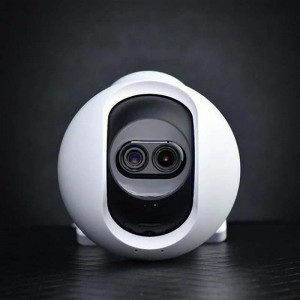PRODUCTS
AI Smart Camera Product develop Services electronics research & design layout industrial
Client’s Information
Scalp massager can be used by anyone who wants to improve the health of their scalp and hair. Specifically, it can benefit:
1.People experiencing hair loss or thinning hair.
2.People who suffer from dry, itchy or flaky scalp.
3.People prone to dandruff or buildup on the scalp.
4.People who have tension or stress in the scalp and neck muscles.
5.People who want to stimulate hair growth and increase blood circulation to the scalp.
6.People with curly or thick hair that requires thorough washing.
Overall, scalp massager can be used by any individual looking for a way to improve the health of their scalp and hair, but it may also be particularly beneficial for people with specific hair or scalp conditions.
Clients’s information
Smart cameras are used by various industries and organizations for different purposes. Some common users of smart cameras include:
1.Surveillance companies for monitoring and securing public areas, buildings, and homes.
2.Industrial automation companies for quality control, inspection, and machine vision.
3.Retail stores for tracking customer behavior and analyzing shopping patterns.
4.Transportation departments for monitoring traffic and enforcing road safety rules.
5.Medical facilities for monitoring patient behavior and detecting abnormalities.
6.Security agencies for detecting and identifying suspicious behavior.
7.Research institutions for scientific experiments and analysis.
In short, anyone who needs to capture and analyze visual data in real-time can benefit from using smart cameras.
Product Introduction:Smart cameras are advanced imaging devices that go beyond traditional cameras by incorporating embedded processing capabilities such as artificial intelligence, machine learning, and computer vision algorithms. These features allow the cameras to perform various sophisticated tasks, such as facial recognition, object detection, and tracking, among others. Smart cameras consist of high-resolution image sensors and powerful processors that enable real-time processing of visual data. They also come equipped with different types of lenses suitable for various applications.Some smart cameras are designed for indoor use, while others are suited for outdoor environments, featuring enhanced weather-proofing, night vision, and thermal sensors. They can be remotely accessed and controlled via a network, making them ideal for large-scale installations, such as city-wide surveillance systems, manufacturing plants, and retail applications.Smart cameras offer a range of benefits to their users, including improved security, enhanced automation, and actionable insights from data analysis. By capturing high-quality visuals and analyzing them in real-time, smart cameras enable businesses and organizations to make informed decisions and optimize operational efficiency.
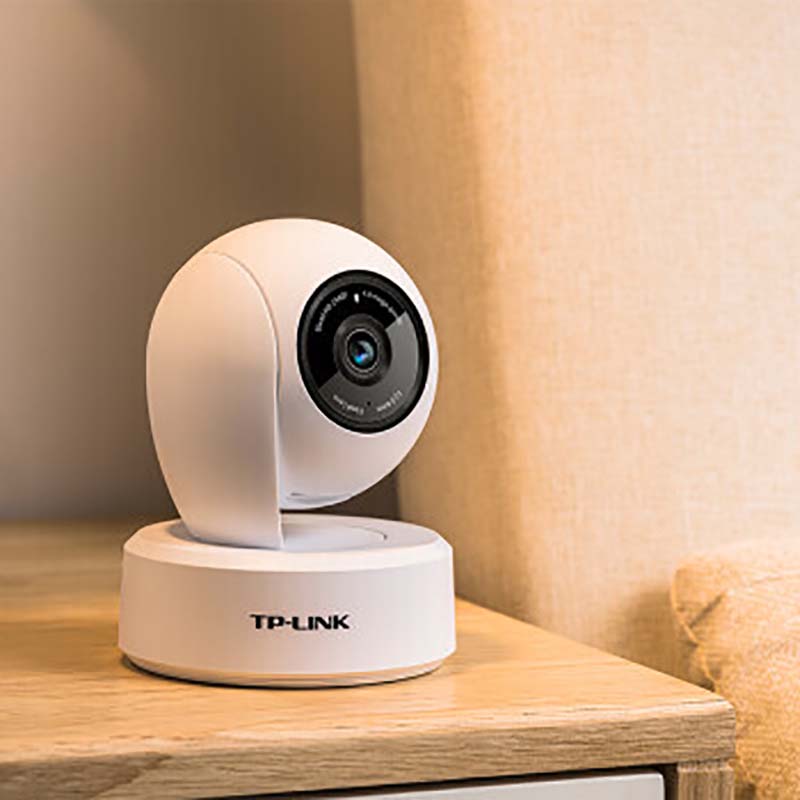
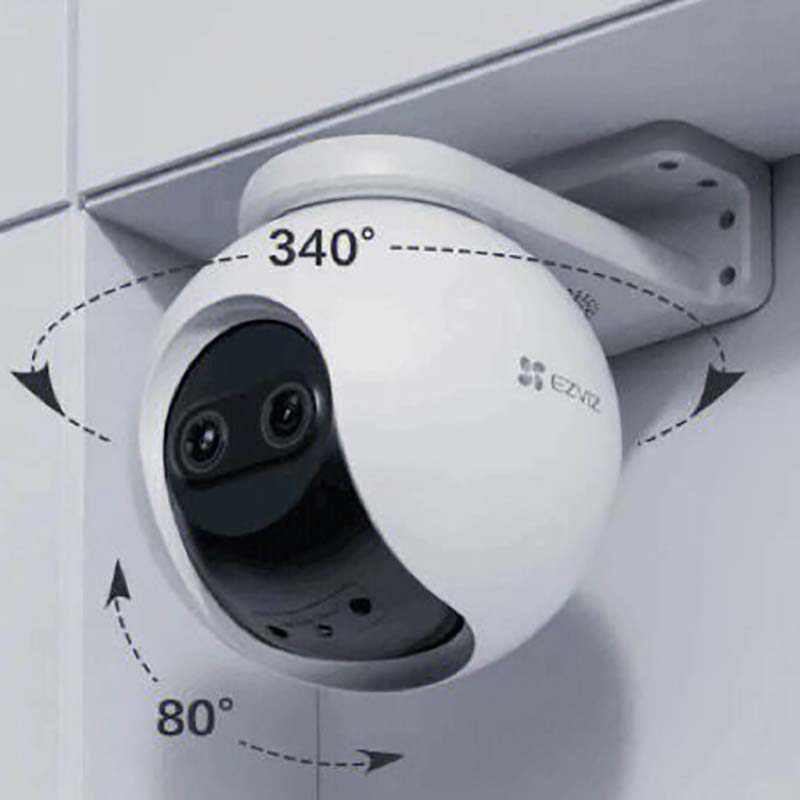
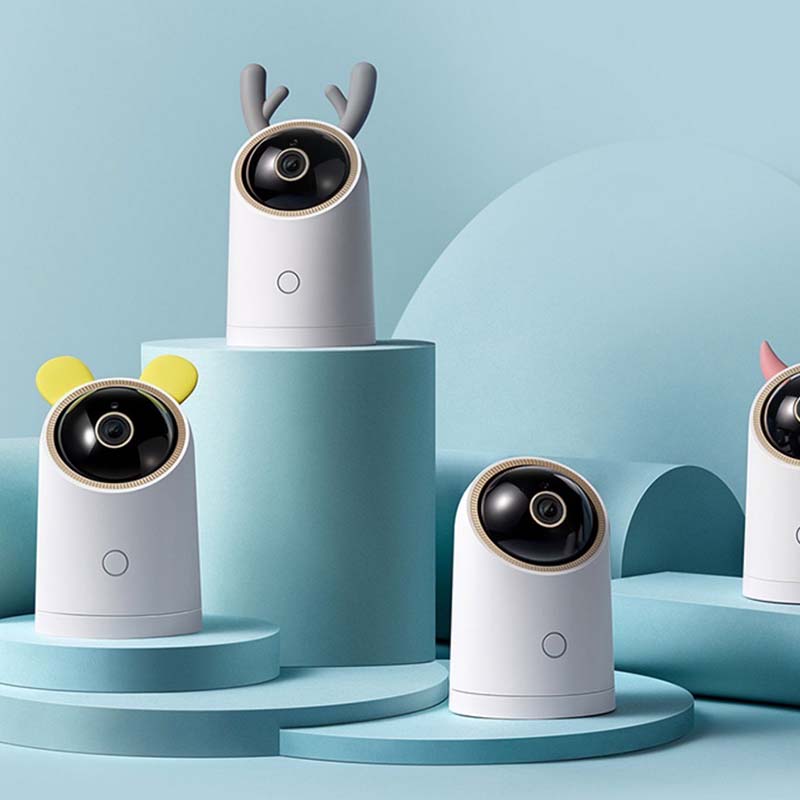
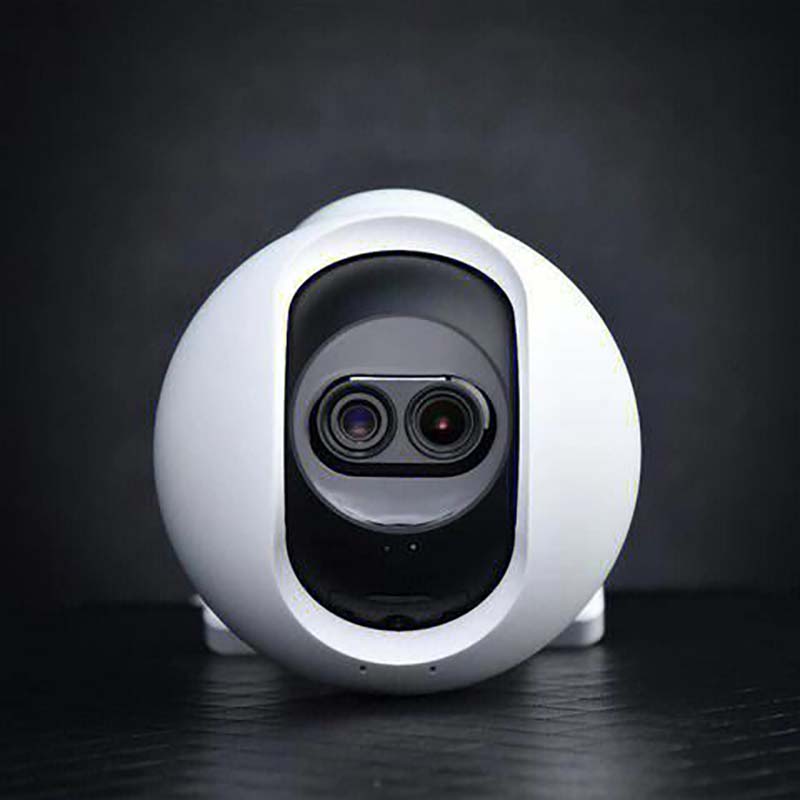
Feature on how to design and develop Smart Camera
1.Define the Requirements: The first step is to define the requirements for the smart camera. This includes determining the use cases, required features such as image resolution, processing power, and connectivity options.
2.Hardware Selection: Once the requirements are defined, the hardware components needed for the smart camera system can be selected. This includes the camera sensor, processor, connectivity modules, power supply, and storage.
3.Software Development: The software development process includes developing the firmware, drivers, and protocols required for the smart camera system to function. This also includes developing algorithms for processing visual data and enabling the camera to perform advanced tasks such as facial recognition.
4.Integration: The hardware and software components are integrated to create a fully functional smart camera system. During this stage, testing and debugging are carried out to ensure that the smart camera operates according to the requirements.
5.Deployment: Once the smart camera system is developed and successfully tested, it can be deployed in the intended environment.
6.Maintenance and Upgrades: Smart cameras require regular maintenance to ensure that they continue to operate optimally. Upgrades can also be provided as new features and improvements are developed.
In summary, designing and developing a smart camera requires a broad range of skills and expertise in areas such as electronics, software development, and data analysis.
Category
1.Face/portrait analysis, face, portrait and other target information automatic detection and recognition analysis, including face detection and attribute
Recognition, portrait detection and attribute recognition, face recognition, etc.
2.Vehicle analysis, the ability to automatically detect and recognize traffic target information such as vehicle and traffic flow status, including motor vehicle inspection
Measurement and feature recognition, traffic flow statistics and non-motor vehicle detection and recognition, etc.
3.Event analysis, can automatically detect and analyze the behavior events in the field, including regional abnormal horse behavior.
FAQ
A smart camera is a camera device that integrates advanced features such as image processing, machine learning algorithms, and intelligent decision-making capabilities. It can analyze and interpret visual data in real-time and provide insights and data to drive decision-making.
Smart cameras offer several benefits, such as improved efficiency, reduced human error, real-time monitoring, and reduced labor costs. They can also enhance security, automate quality control, and provide insights on user behavior.
Smart cameras are suitable for a wide range of applications in industries such as manufacturing, healthcare, transportation, and retail. They can be used for functions such as surveillance, object recognition, quality control, and human behavior analysis.
The key components of a smart camera include a camera sensor, processor, memory, connectivity modules, power supply, and software components such as firmware, drivers, and algorithms for image processing and analysis.
While a traditional camera is designed solely for capturing images and video, a smart camera can analyze and interpret visual data in real-time. It incorporates software components that enable machine learning algorithms, intelligent decision-making capabilities, and advanced data analysis.
Products categories
-

E-mail
-

WhatsApp
-

Phone
Tel

-

Linkedin
-

Wecaht
Wecaht







